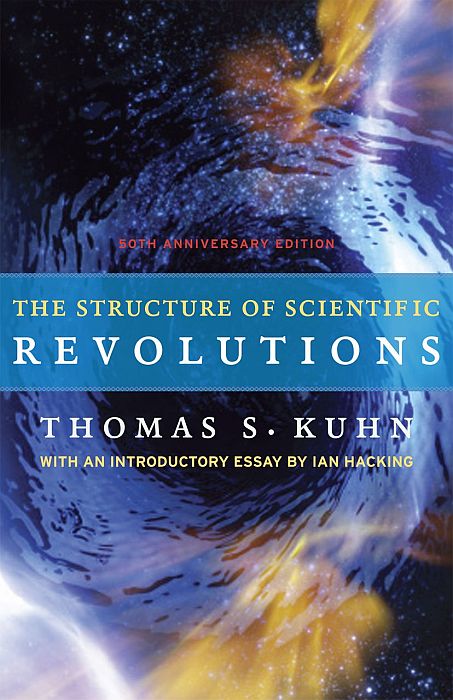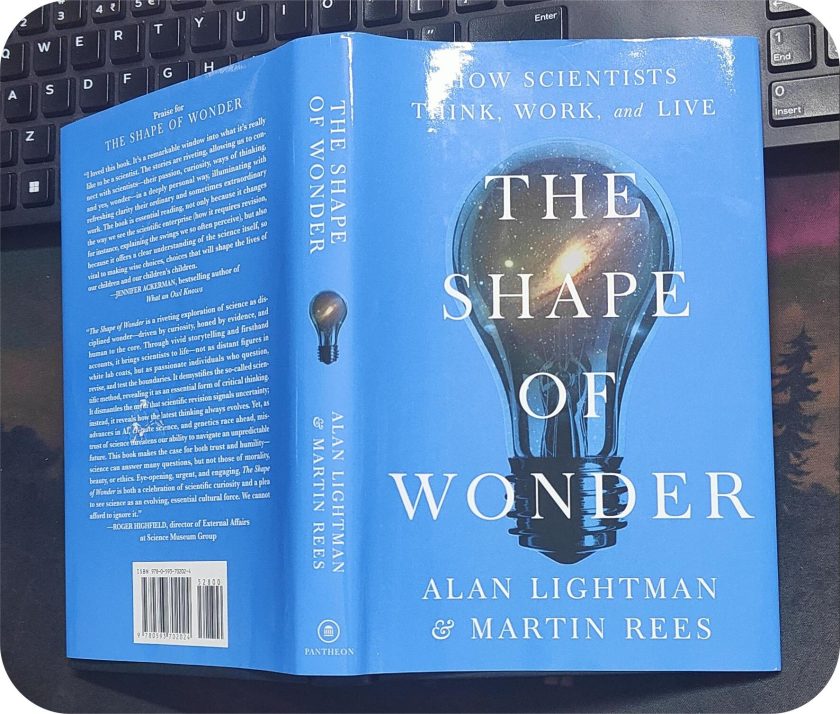
The Structure of Scientific Revolutions is one book that talks about how science progresses. In addition, it also lays stress on the structure of its history.
The book was published in 1962 and till date it is one of the most sought-after works by Thomas Kuhn. It not only produced a radical change in the way of thinking about science but also introduced the now pervasive term ‘paradigm shift’.
If we replace one paradigm with another, it not only leads to different interpretation of the same data but also leads to another possibility, that is, tapping a completely new data set. Therefore, providing a completely new outlook to observer’s point of view.
According to Kuhn, trajectory of traditional science was dependent on marginal contributions. This resulted in scanty new ideas especially when the scientists’ faced limitations.
It is only due to a paradigm shift (an important change that happens when the usual way of thinking about or doing something is replaced by a new and different way) a new and revolutionary mode of thinking cause phenomenal ideas to expand the domain of the problem. Therefore, scientific progress is the result of revolutions.
The path that scientific revolutions follow, as per Kuhn is:
- normal science
- problem solving
- paradigm
- anomaly
- crisis and
- revolution, which lead to the establishment of a new paradigm.
For instance, Lamarckian evolution was replaced with Darwin’s theory of evolution by natural selection.
Any existing paradigm does not get replaced with a new paradigm overnight. Younger scientists with the cumulative knowledge take a new paradigm forward. As Kuhn put it
“a new scientific truth does not triumph by convincing its opponents and making them see the light, but rather because its opponents eventually die, and a new generation grows up that is familiar with it.”

Kuhn’s model of evolutionary dynamics not only relate to scientific arena but it can also be used to understand economic and management paradigms. After all, science is a product of the society in which it is practiced.
The work is a testament to Kuhn’s clear thinking. Highly recommend to those who are interested in the foundations of science.



